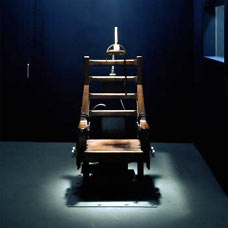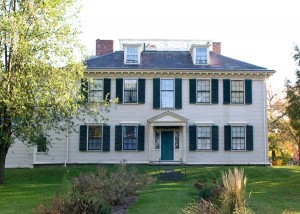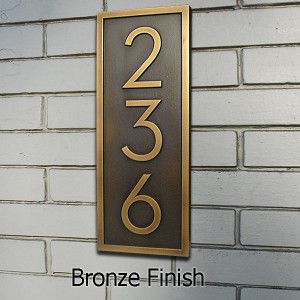The drink has many names. Some call is Joe, some call it black gold. Some call it mojo, plasma, and java. This drink is, of course, Coffee. Though slighted in the past for being a contributor to insomnia, weight gain, and cellulite; coffee has been discovered to lower the regular drinkers chance of developing Parkinson’s, Alzheimer’s, and varying types of cancers. In light of this we have chosen our Arch Coffee Cup Address Plaque as our featured sign of the week.
This plaque is ideal for small, burgeoning café owners looking to add a little extra something to their overall product. Small café’s, as it turns out, import an estimated $12 billion worth of coffee beans annually to about 24,000 stores. We would love to make a coffee sign for each and every one of these owners (despite logistics); but we will settle for making one perfect sign for YOU.
As always our Signs are Made in the USA with American labor and American materials.





